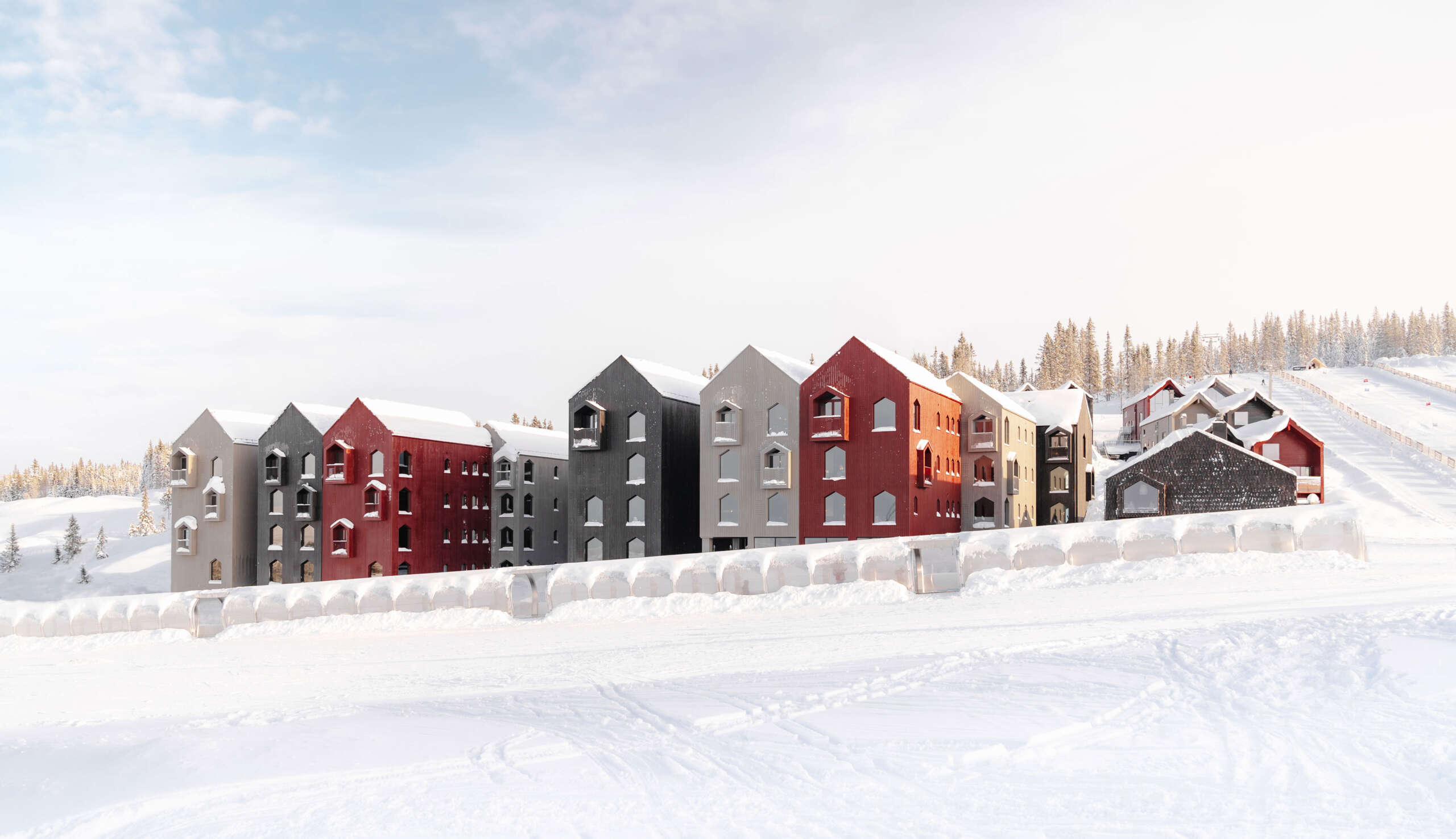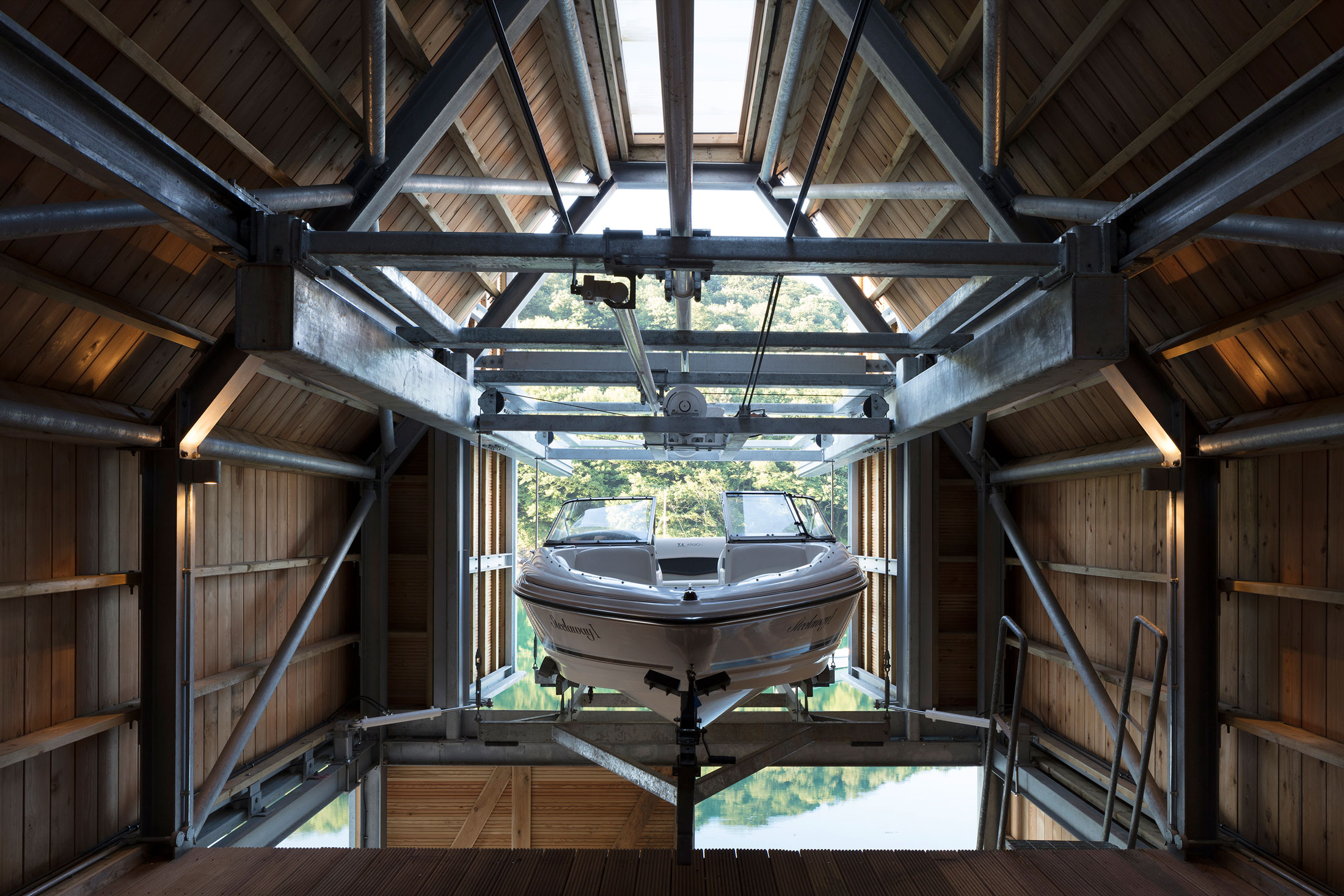
BERBERIS BOATHOUSE | WIMSHURST PELLERITI
Devon, England
Wimshurst Pelleriti’s contemporary boathouse is a discreet but distinguished contribution to a historic estuary in Devon
Description provided by Wimshurst Pelleriti. Wimshurst Pelleriti has recently completed a new boathouse which lifts a 14 ft speedboat out of the water and stores it ready for a quick launch. Unusually, perhaps uniquely, the boat is stored in the specially designed eaves from where it is mechanically lowered 15 ft into the water, releasing the area below the boat for storage.
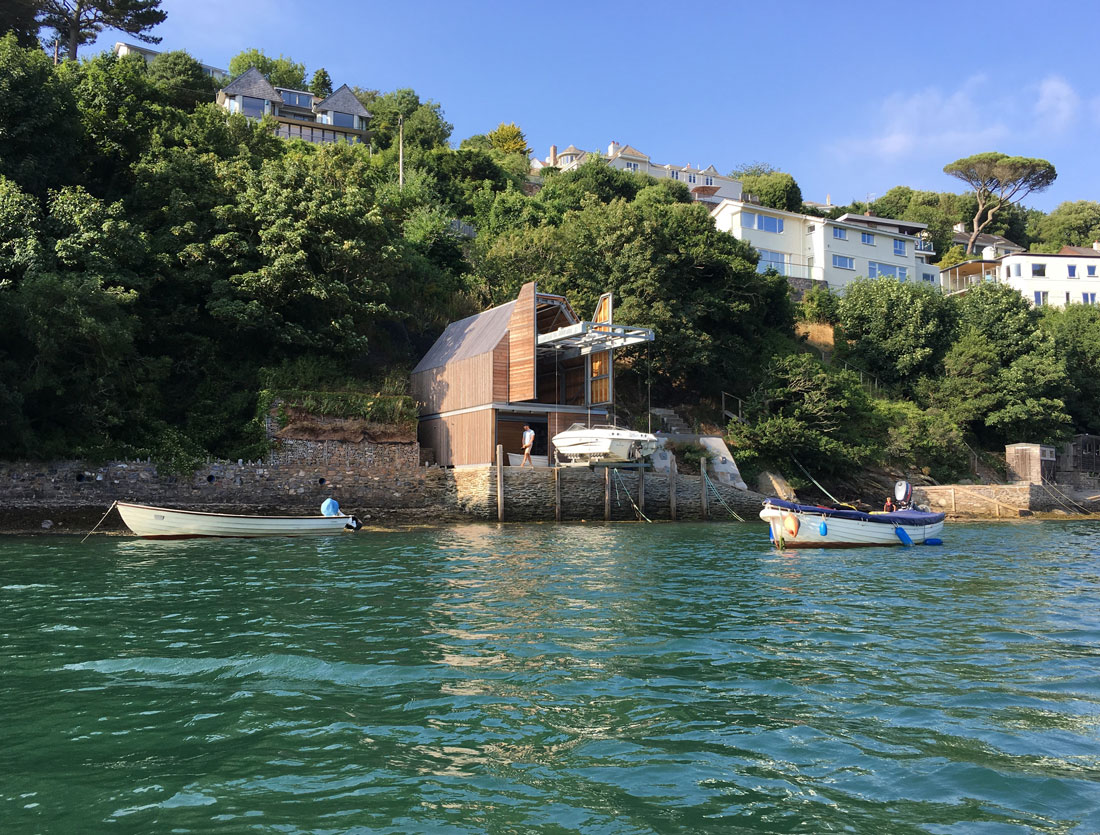
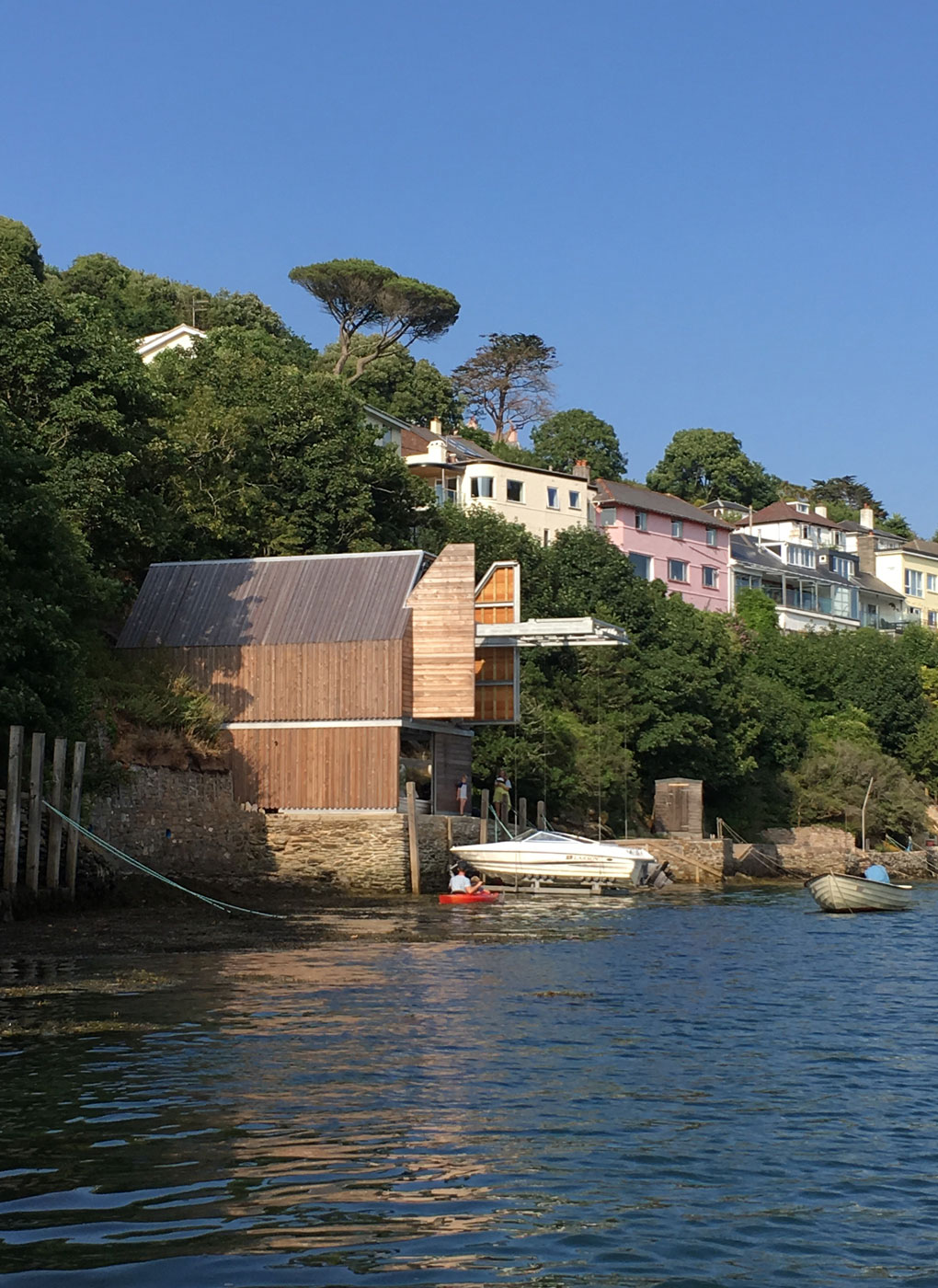
The challenging brief required a modern and sophisticated piece of infrastructure to be sensitively inserted into the steep-sided estuary of the River Yealm in Devon. Located in an Area of Outstanding Natural Beauty with a millennia-old connection to UK maritime history, the area is highly protected and nothing can be built adjacent to the water without permission from a large variety of stakeholders.
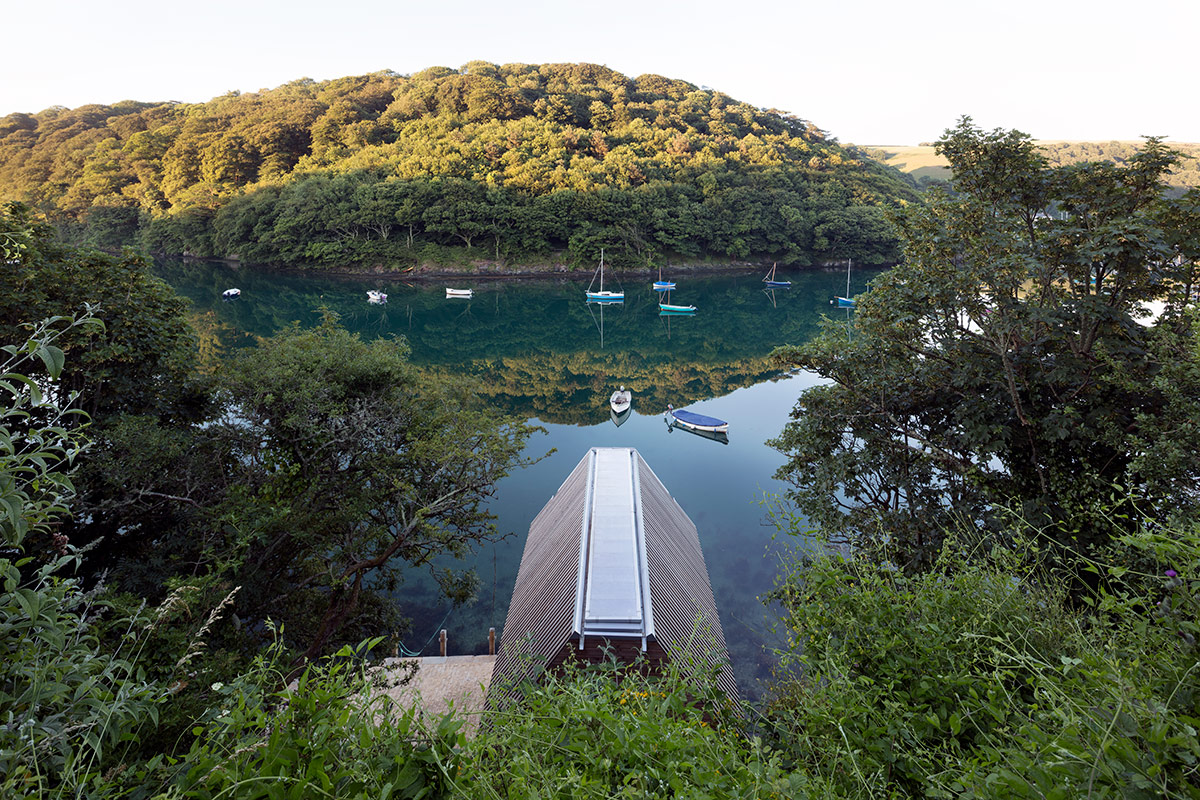
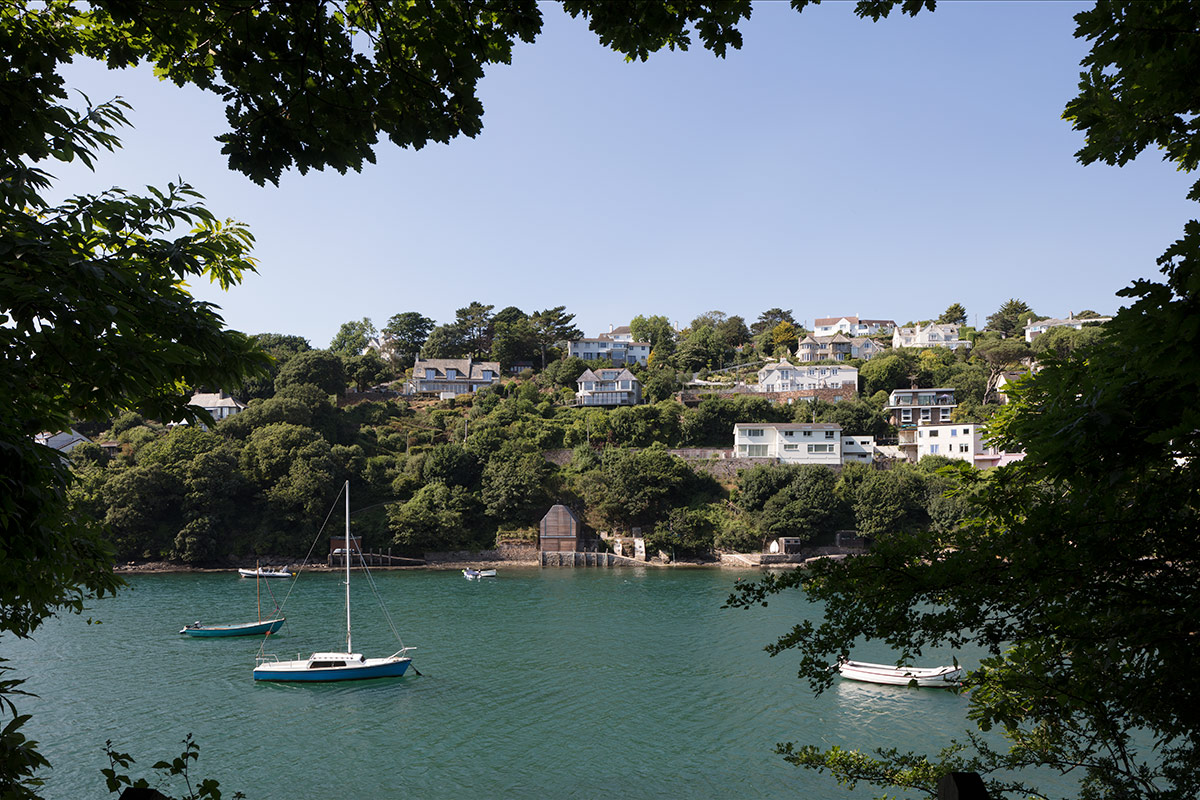
The primary structure of Berberis Boathouse is galvanized steel with the skin of the building dressed in untreated Siberian larch, reflecting its woodland setting. Externally, the larch will silver over time creating a material dialogue with the structure. Internally, the timber will retain some of the golden warmth of its un-weathered state. A full-length roof light allows diffuse light into the main space and mezzanine deck while a series of sliding doors enable access from both land and water.
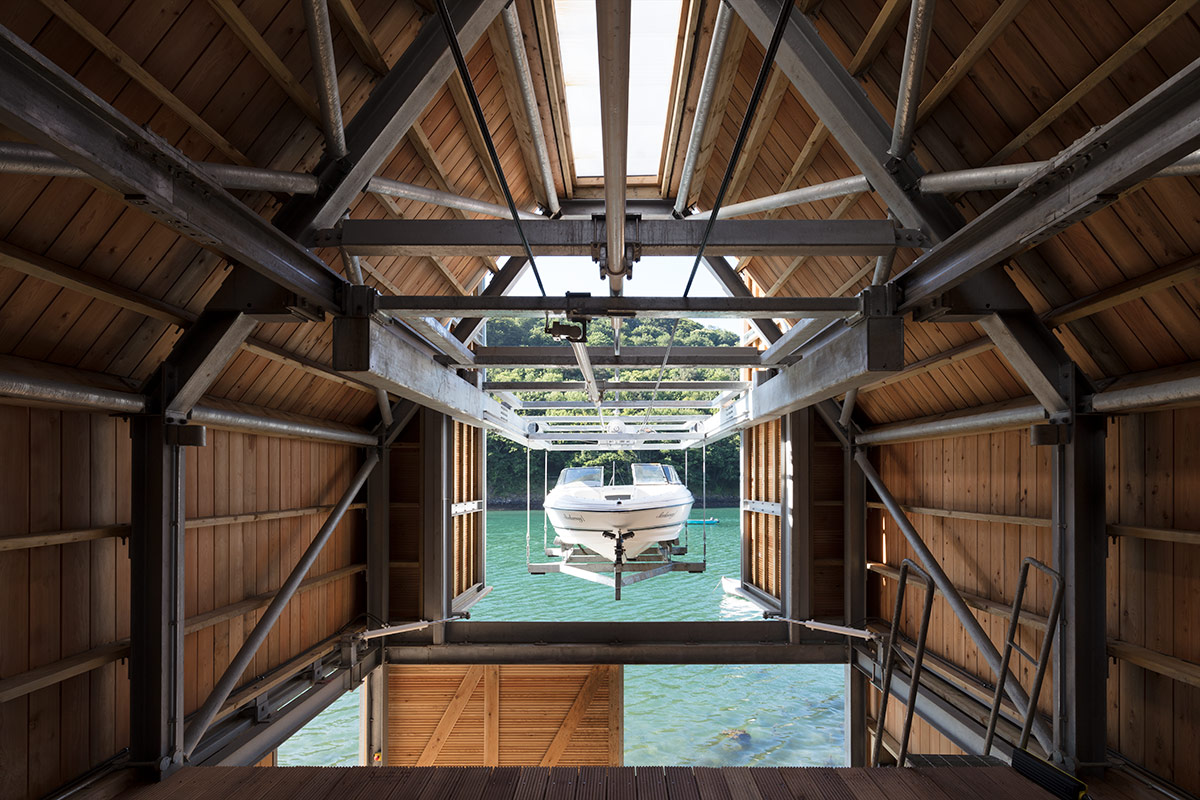
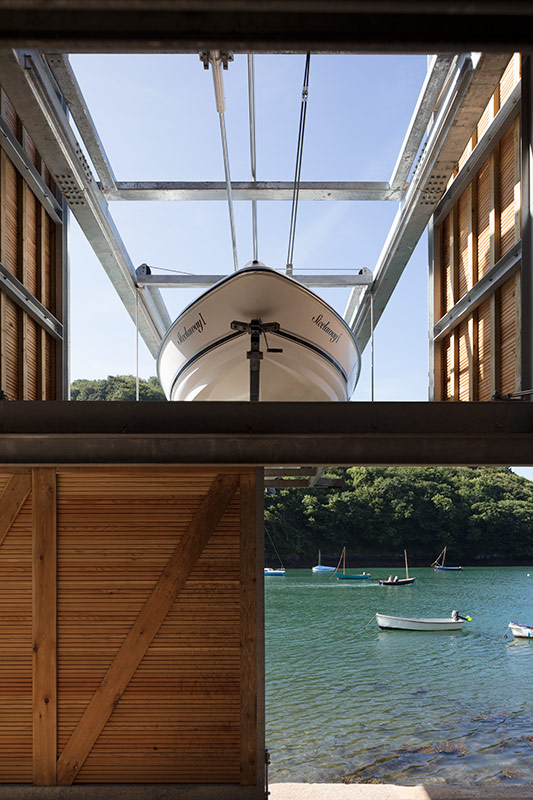
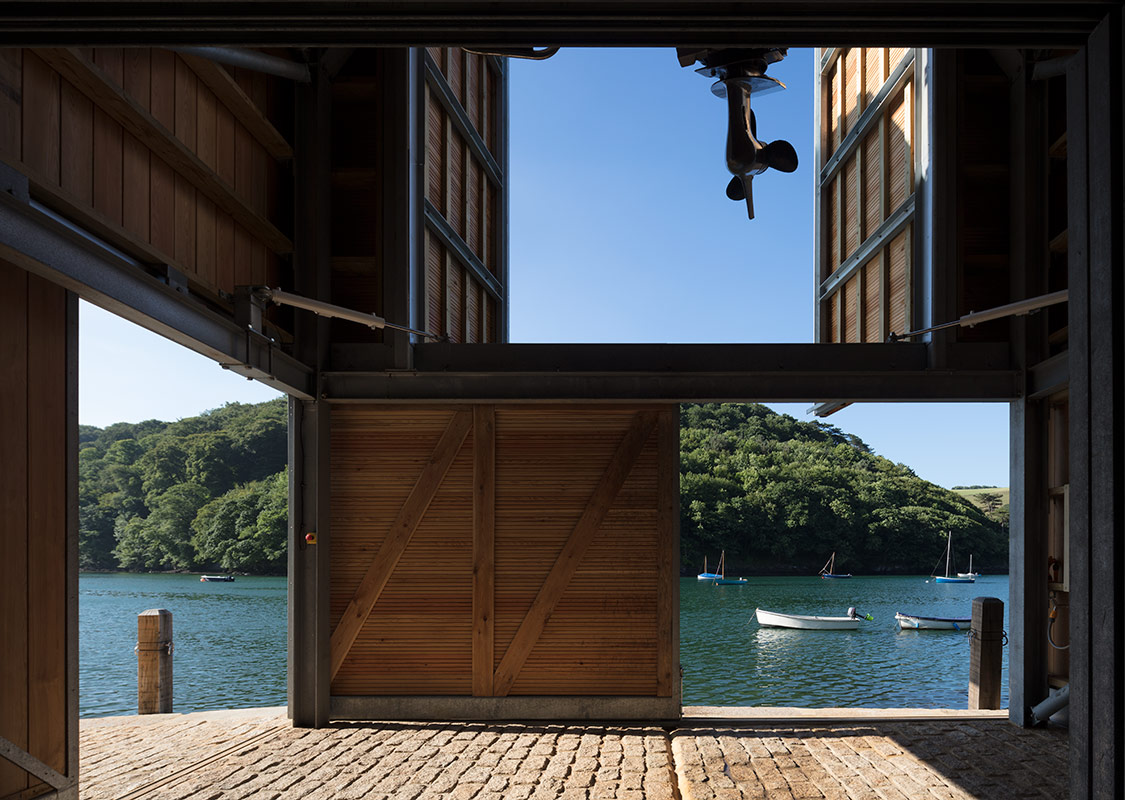
To facilitate the quick launch of the delicate but extremely heavy speedboat positioned 10 ft high in the eaves, Wimshurst Pelleriti began an extensive search to find a specialist boat handling firm, eventually entering into an intensive dialogue with WISE boat hoists who normally provide handling solutions for large dockyards. Will Wimshurst said “WISE was the only specialist firm that would agree to undertake the challenge – and this gave an insight into the uniqueness of the project. It was an exciting commission giving us the opportunity to use imagination and diverse skills, resulting in a truly innovative design which will have a positive impact on this romantic riverscape, and perhaps on the development of boathouses for this kind of riverbank scenario”.
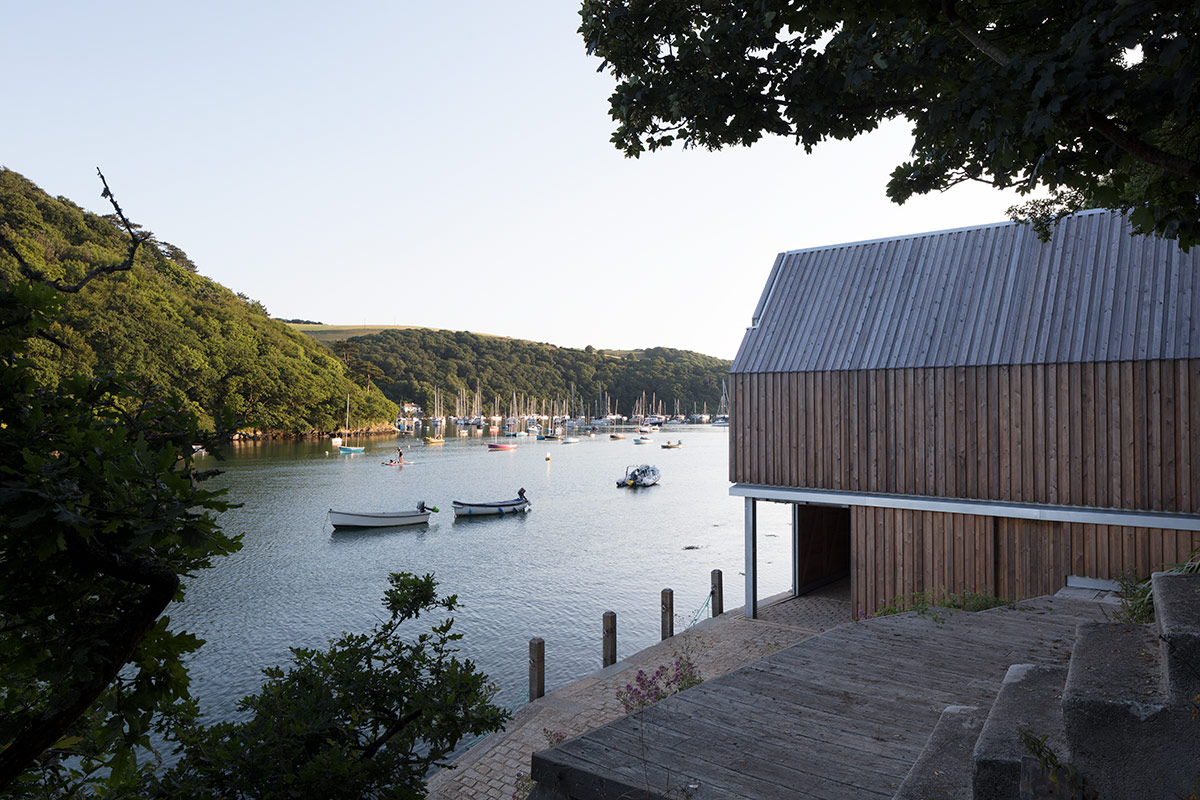
Wimshurst Pelleriti’s client endorsed the practice’s approach and enthusiasm. “We gave Will and the team a really challenging brief. We wanted a boathouse in which we could store a myriad of watercraft and WP’s innovative solution was to hoist the speedboat into the eaves to leave storage for the rest of the kit below. It’s been a journey since then, but now it’s completed, it’s a truly beautiful building that does all it set out to achieve. Without a doubt, this building has transformed our experience of the river”.
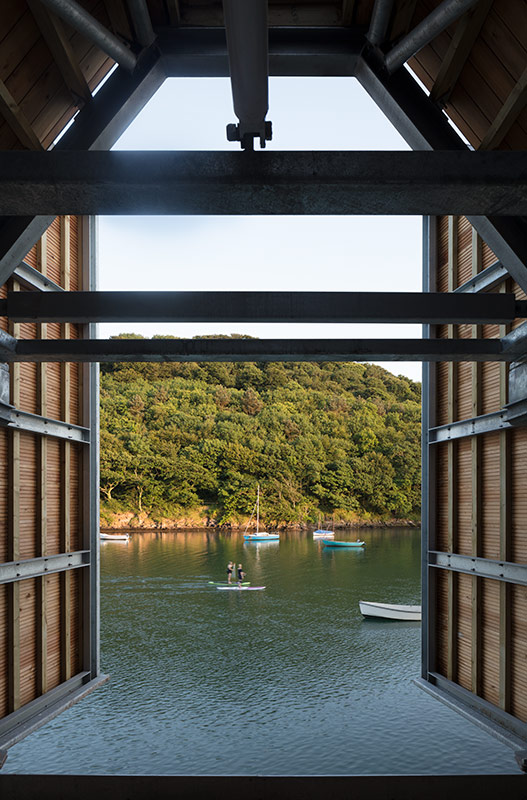
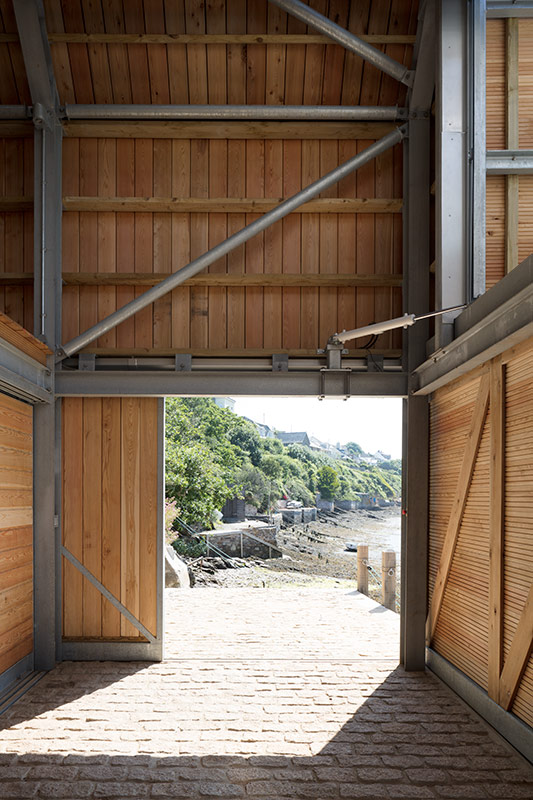
The quayside approach to the boathouse has been carefully restored, taking cues from the village and is laid with reclaimed Cornish granite kerbs and new setts that run up the tidal slipway and into the building. The building now sits proudly on the bank of the Yealm in conversation with the nearby listed ‘Baring Boathouse’, commissioned in 1880 by Edward Baring, 1st Baron Revelstoke.

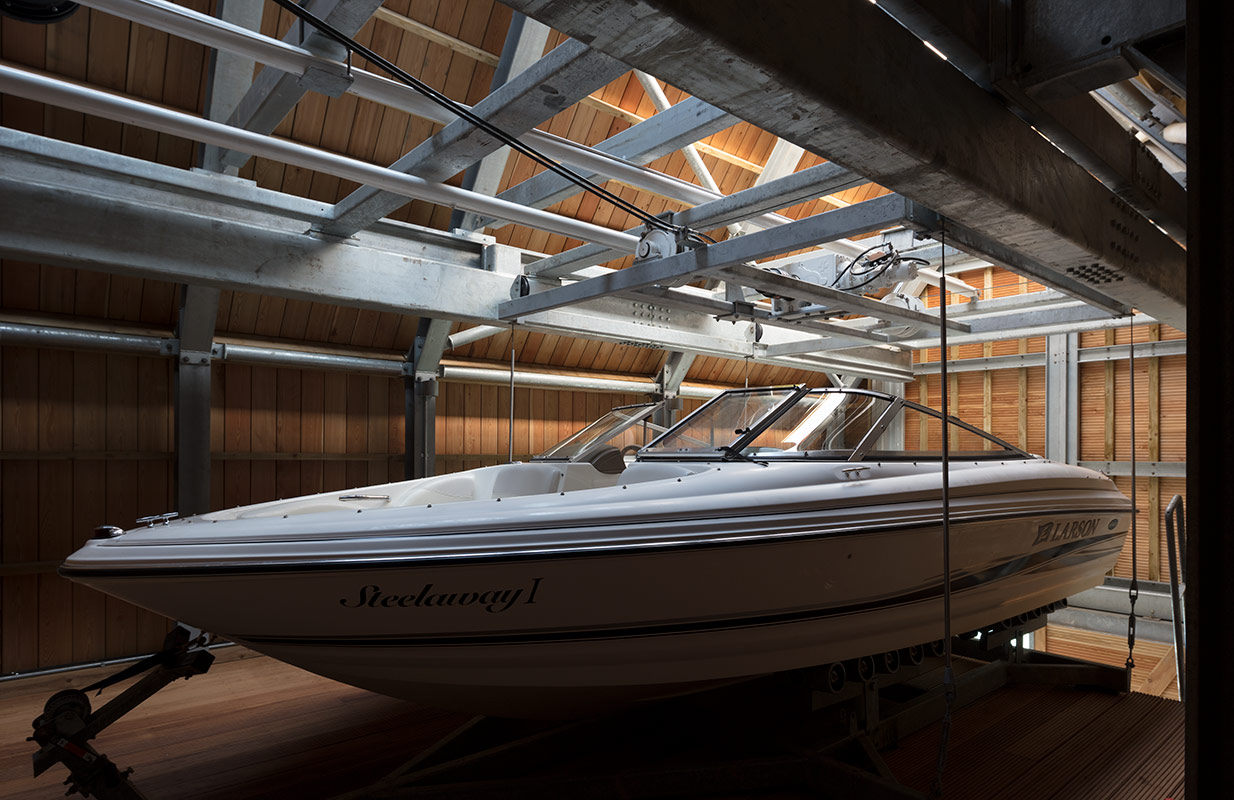
Project Details
Client: Private
Architect: Wimshurst Pelleriti
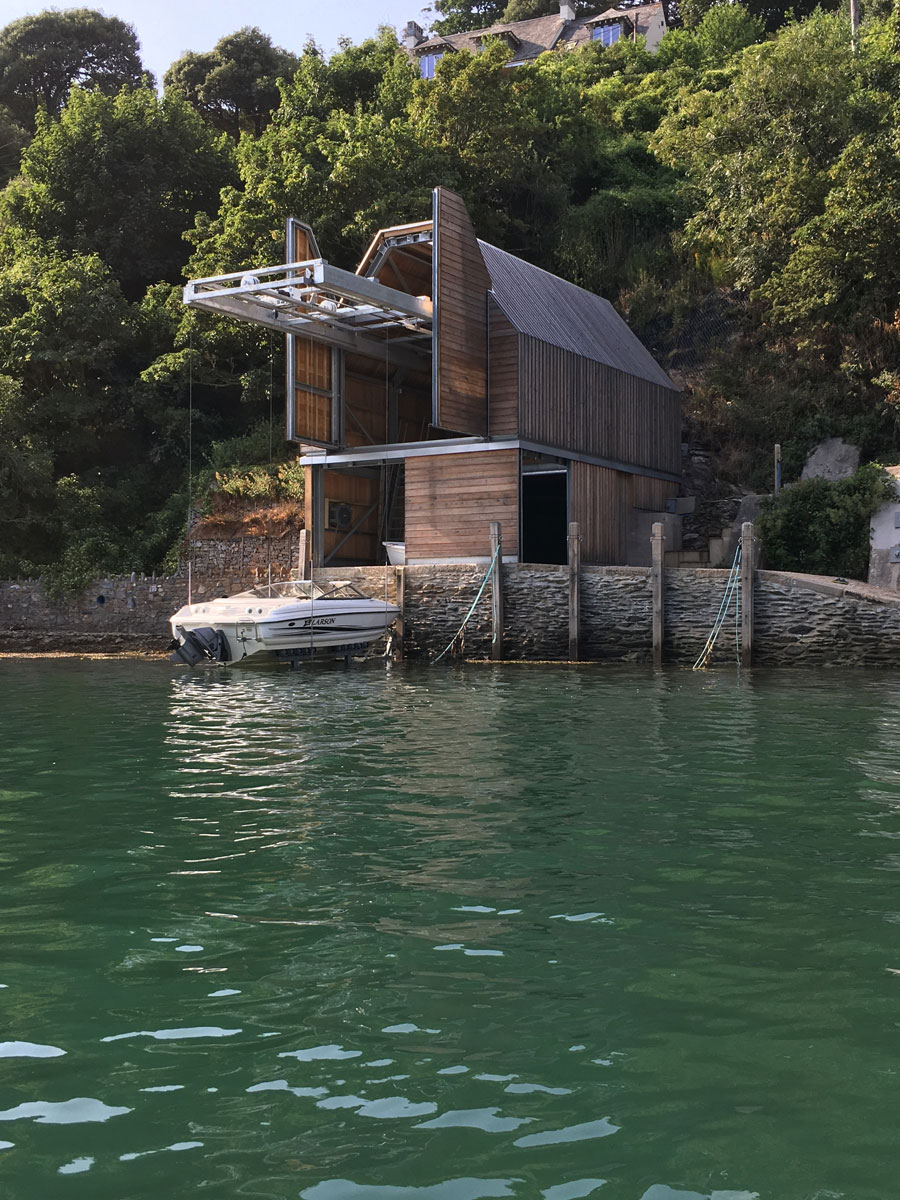
About Wimshurst Pelleriti
Wimshurst Pelleriti is a London based architecture practice. The practice has a strong belief that good design should not just appeal on an aesthetic or economic level, but that it can also deliver considerable social benefits that derive from the detailed thinking that should go into any design process, such as the health and wellbeing of the community that will use the building and its surroundings over the course of its life. The practice’s approach integrates R&D, the use of innovative materials and a willingness to view problems from all angles.

